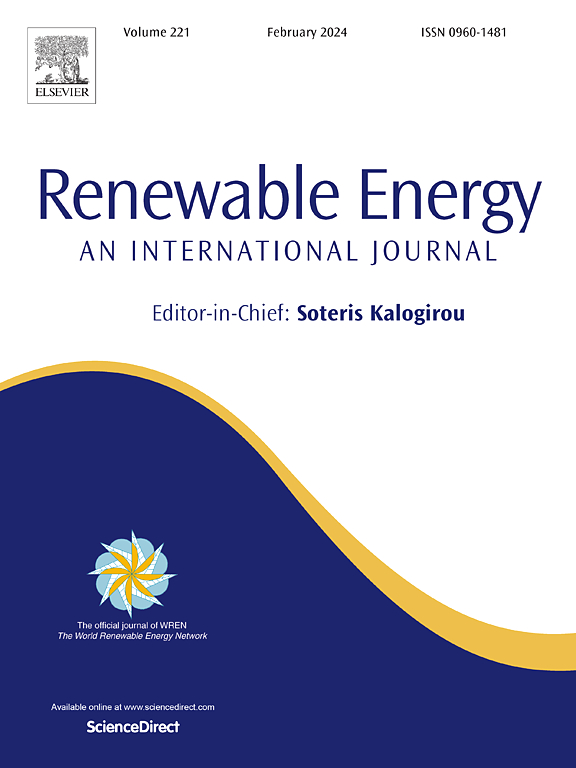Local energy communities in rural Switzerland: national scalability under different incentives schemes and economic scenarios
IF 9.1
1区 工程技术
Q1 ENERGY & FUELS
引用次数: 0
Abstract
Local Energy Communities (LECs), as a mechanism to incentivize production, self-consumption, storage, and selling of renewable energy, could be particularly interesting in agricultural regions, but the potential for rural LECs remains unexplored. This study models at high spatial and temporal resolution the portfolios of building-integrated solar photovoltaics (PV), agri-PV, wind power, biomass, hydropower, and batteries for forming LECs in all 730 rural Swiss municipalities. By focusing on the self-consumption benefits that often motivate LECs, including consumption for electrified heating, transport and agriculture, we evaluate the national scalability of LECs, as virtual microgrids, under various economic scenarios and incentive schemes. A key finding is that LECs in rural Swiss municipalities could generate up to 8 TWh/year of renewable electricity in 2035, contributing 23 % towards the new Swiss renewable electricity target of 35 TWh/year. However, this potential is contingent on suitable economic conditions (market prices, feed-in tariffs, and retail tariffs) and there is a risk that, under current incentives, LECs might prioritize self-consumption, leveraging only part of their renewable electricity potential and sidelining technologies that could more effectively meet national targets.
瑞士农村地区的能源社区:不同激励方案和经济情景下的国家可扩展性
地方能源社区(lec)作为一种激励可再生能源生产、自我消费、储存和销售的机制,在农业地区可能特别有趣,但农村lec的潜力仍未得到探索。本研究在高时空分辨率下对瑞士730个农村城市的太阳能光伏、农业光伏、风能、生物质能、水电和电池的建筑集成组合进行了建模。通过关注经常激励LECs的自我消费效益,包括电气化供暖、运输和农业的消费,我们评估了LECs作为虚拟微电网在各种经济情景和激励方案下的国家可扩展性。一项重要发现是,到2035年,瑞士农村城市的LECs可产生高达8太瓦时/年的可再生电力,为瑞士35太瓦时/年的新可再生电力目标贡献23%。然而,这种潜力取决于合适的经济条件(市场价格、上网电价和零售电价),而且在目前的激励措施下,存在这样一种风险,即LECs可能优先考虑自我消费,仅利用其部分可再生电力潜力,而将能够更有效地实现国家目标的技术置于次要地位。
本文章由计算机程序翻译,如有差异,请以英文原文为准。
求助全文
约1分钟内获得全文
求助全文
来源期刊

Renewable Energy
工程技术-能源与燃料
CiteScore
18.40
自引率
9.20%
发文量
1955
审稿时长
6.6 months
期刊介绍:
Renewable Energy journal is dedicated to advancing knowledge and disseminating insights on various topics and technologies within renewable energy systems and components. Our mission is to support researchers, engineers, economists, manufacturers, NGOs, associations, and societies in staying updated on new developments in their respective fields and applying alternative energy solutions to current practices.
As an international, multidisciplinary journal in renewable energy engineering and research, we strive to be a premier peer-reviewed platform and a trusted source of original research and reviews in the field of renewable energy. Join us in our endeavor to drive innovation and progress in sustainable energy solutions.
 求助内容:
求助内容: 应助结果提醒方式:
应助结果提醒方式:


